Patagotitan
Name Origin
Patagonian Giant
Family
Titanosauridae
Classification
Diapsida, Saurischia, Sauropodomorpha
Habitat (Discovery Location)
Argentina
Period
Approximately 100 million years ago (Early Cretaceous)
Length
Approximately 31 to 37 meters
Weight
Approximately 50 to 70 tons
Diet
Herbivore (Plant-eater)
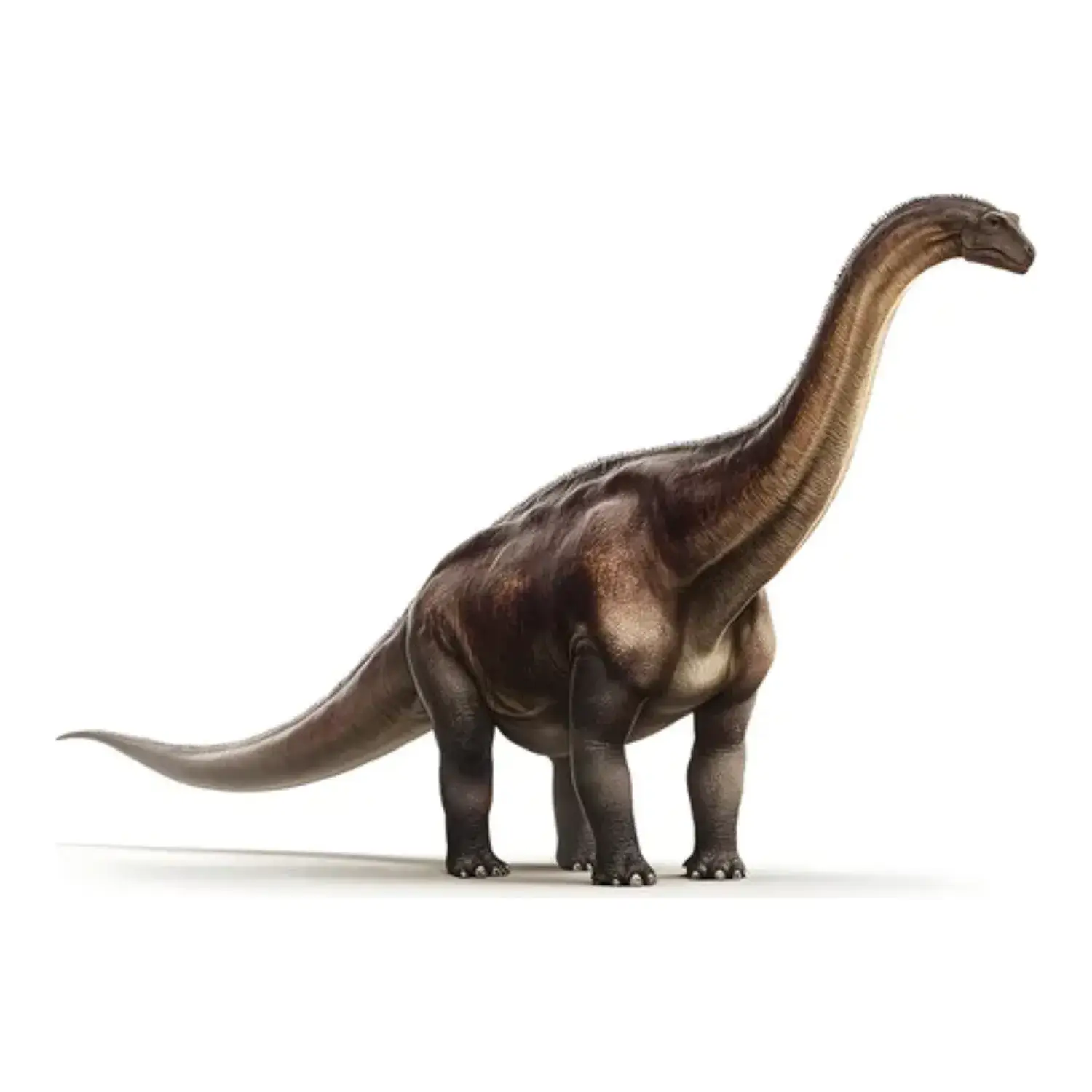
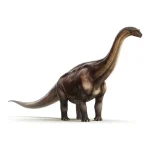
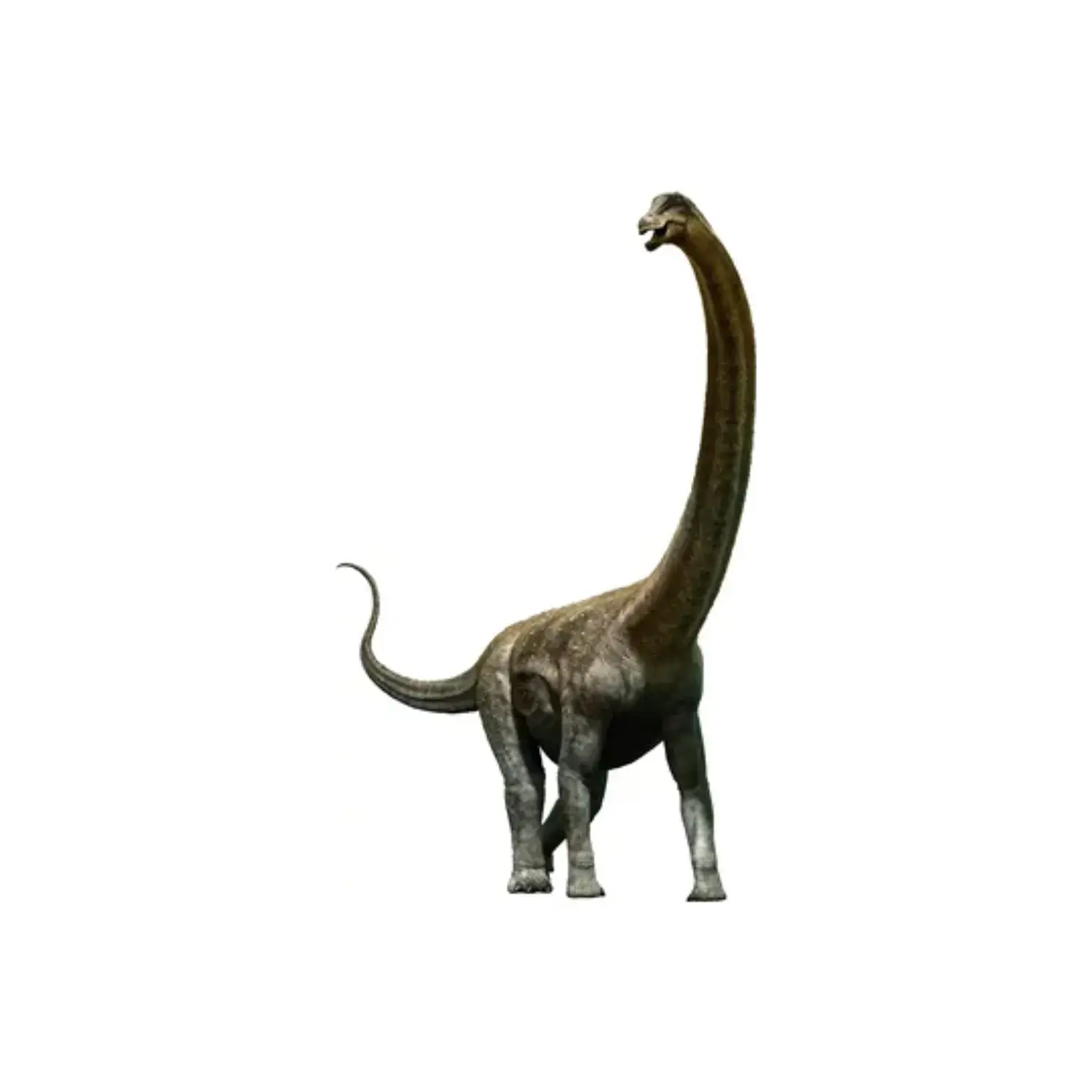
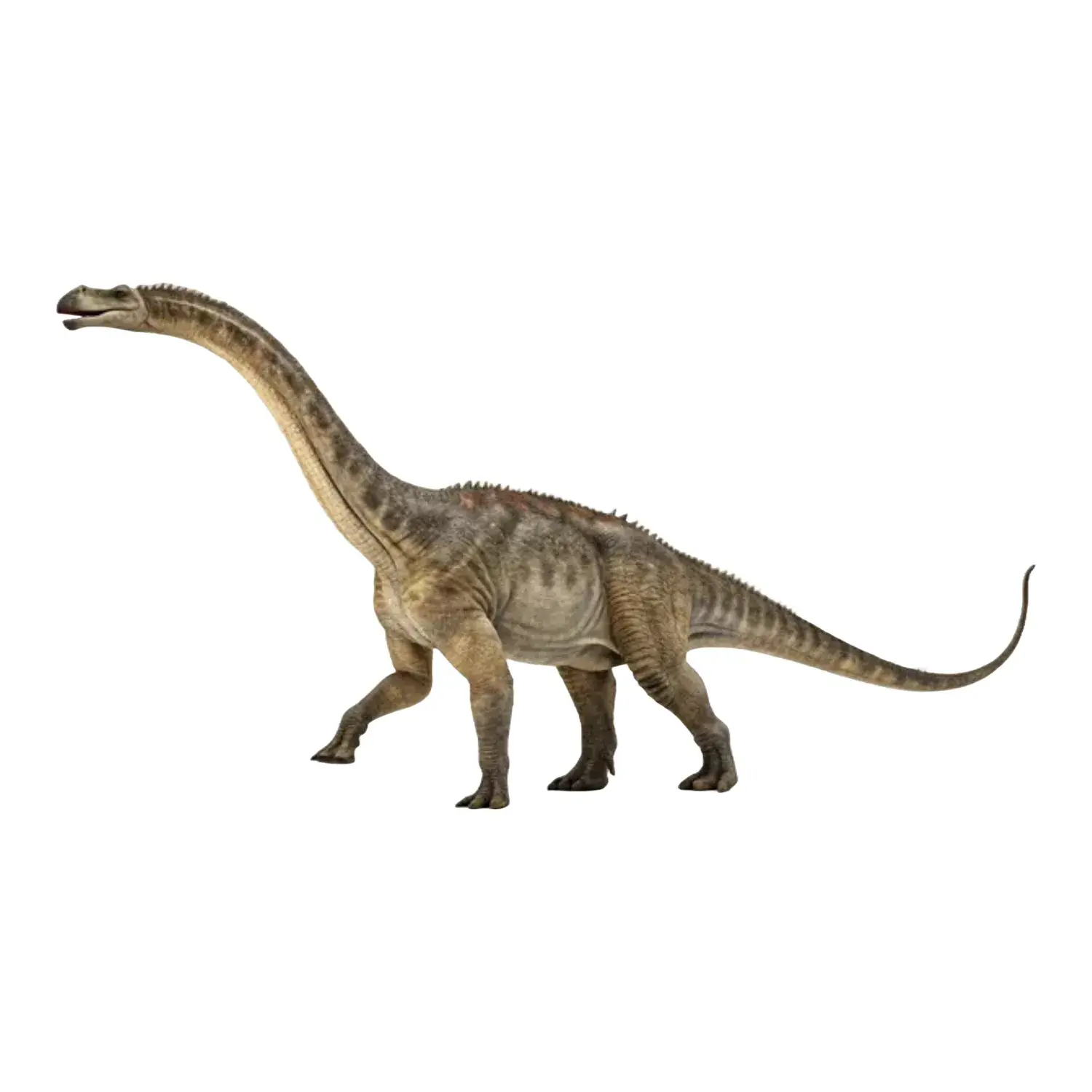

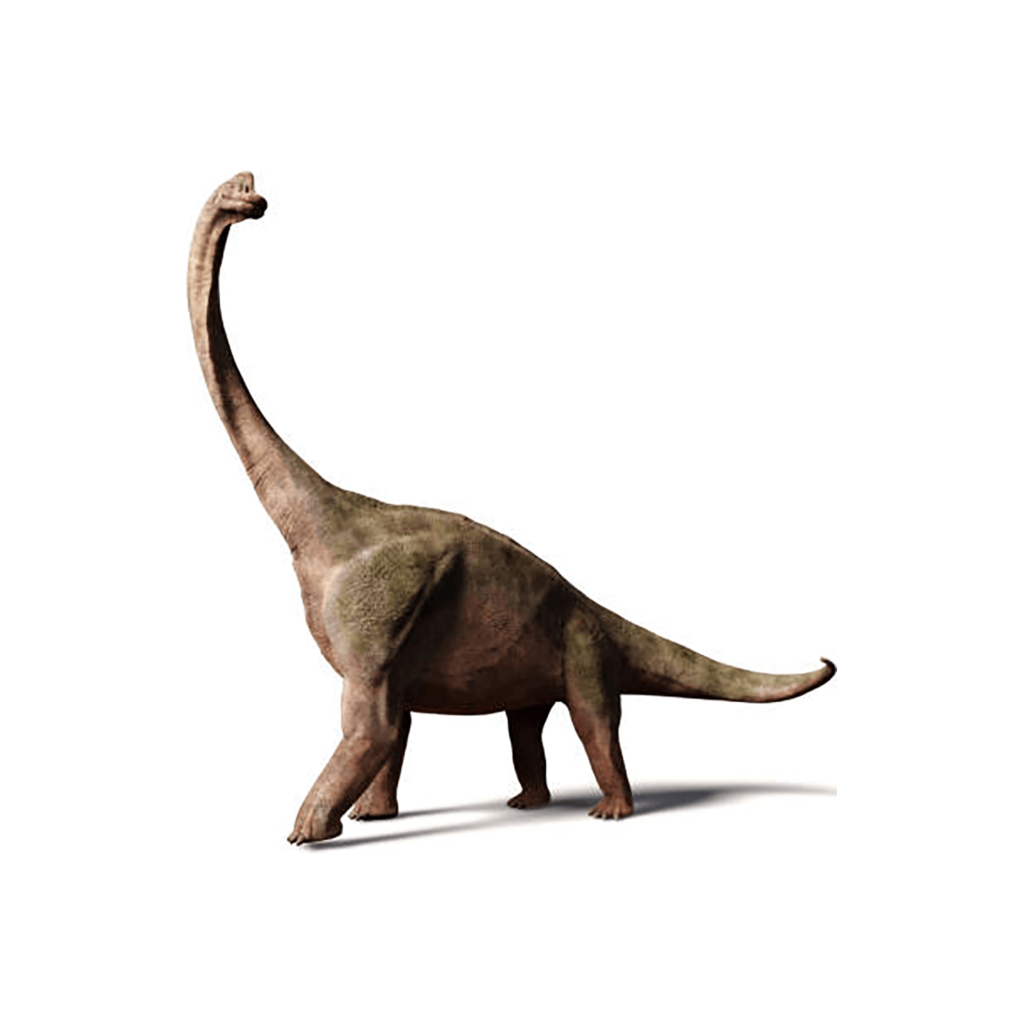
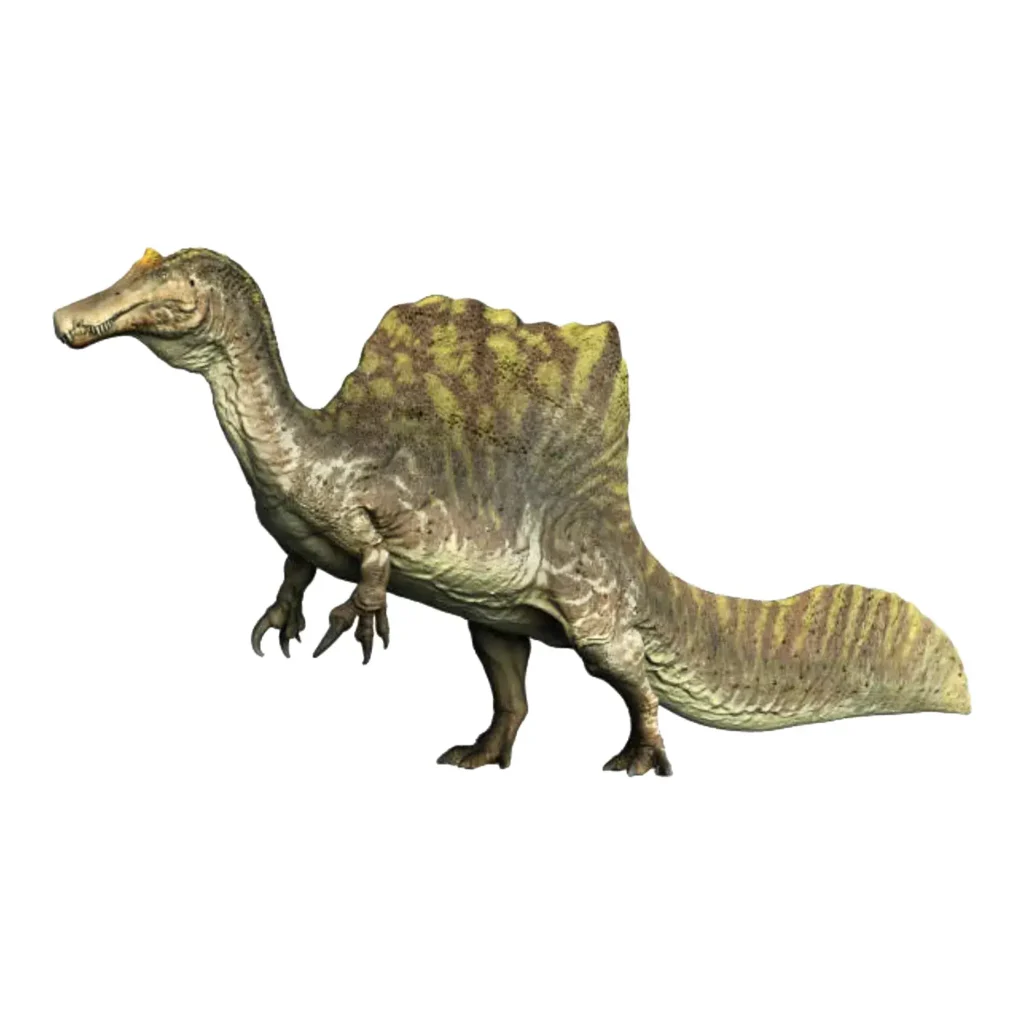
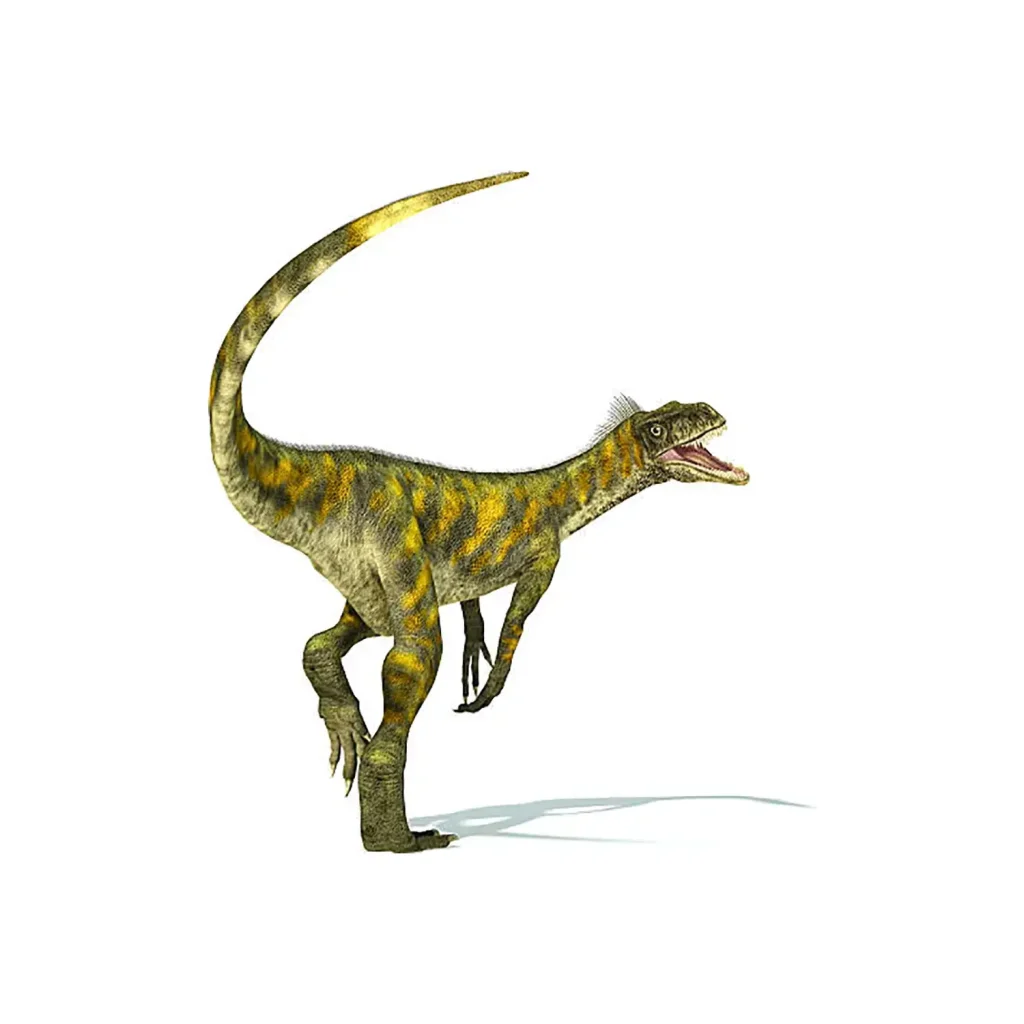
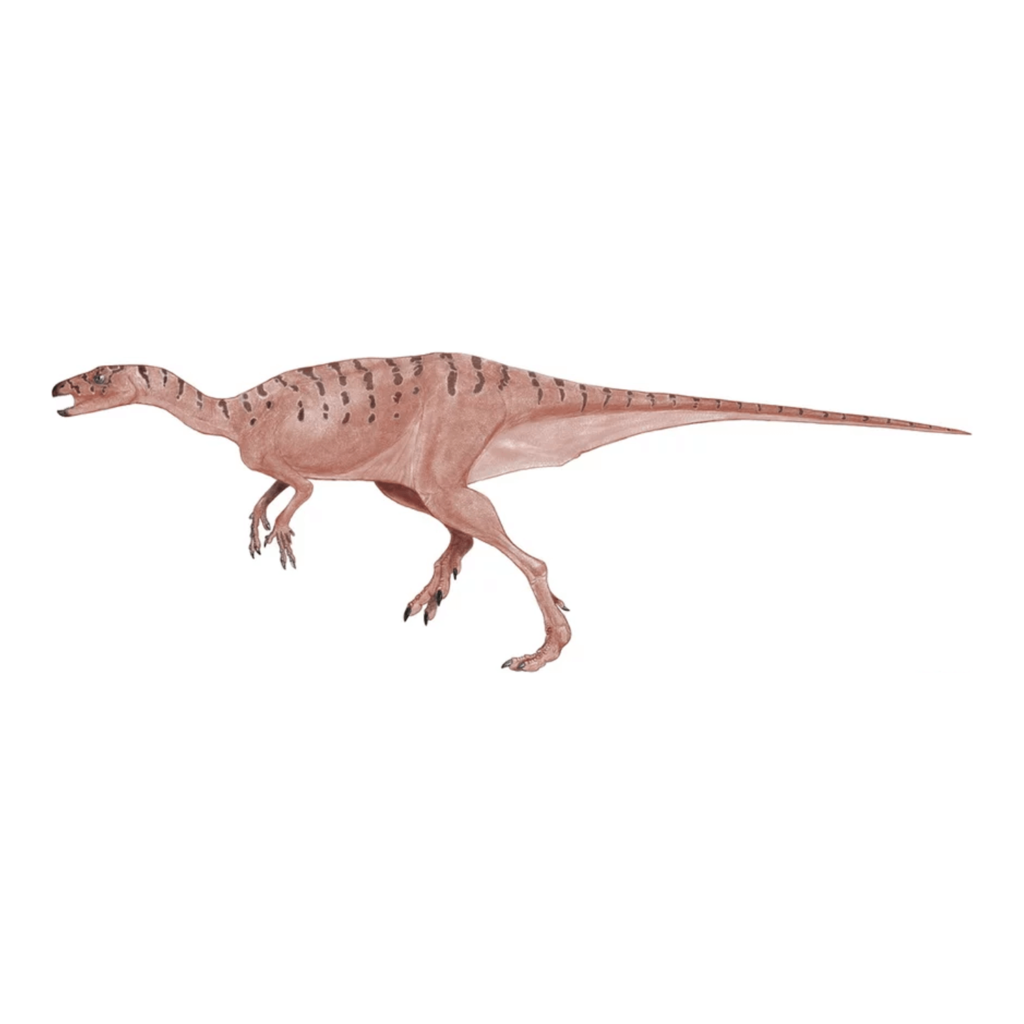













Description
Patagotitan was a sauropodomorph of the largest size in history, which lived in the Patagonia region of Argentina during the Early Cretaceous period (approximately 100 million years ago).
Its name means “Patagonian Giant,” and it was formally named as a new genus and species in 2017.
Its discovery marked a new era in the study of giant dinosaurs.
Astonishing Size and Reliable Fossil Record
Patagotitan is estimated to have reached a total length of 31m to a maximum of 37m and a weight of 50 to 70 tons, rivaling the size of Argentinosaurus, which is considered the largest dinosaur ever.
A Shocking Discovery
The fossil was discovered in 2012 by a ranch worker, and subsequent large-scale investigations led to the collection of 150 fossils from six different individuals.
Colossal Bones
The discovered fossils included a femur that reached 2.4m in length, and its dorsal vertebrae were found to be slightly larger than those of the largest dinosaur, Argentinosaurus.
Reliability of the Estimate
While some theories suggest its size estimate might be slightly inflated, resulting in a length closer to 31m due to potential overestimation of its tail length, the discovery of several high-quality, well-preserved fossils lends high credibility to its overall size.
Classification
It is classified in the Lognkosauria (Titanosauridae) family, the same as Argentinosaurus.
Ecology and Relationship with Predators
The discovery of multiple Patagotitan fossils in the same location provides an important clue for understanding its ecology.
Life in Herds
The discovery of multiple skeletons in one location suggests that they lived in herds.
It is speculated that the six excavated individuals died during a dry season, though another theory suggests they drowned in a river and were washed together.
Predators
Fossils of Tyrannotitan, a large theropod up to 12m long, were also found in the same rock layer, suggesting that the two species were in a predator-prey relationship.
The Giant That Toured the World
Currently, a reconstructed skeleton with a total length of 37m is on display at the American Museum of Natural History in New York and the Field Museum in Chicago, captivating people worldwide as the skeleton of one of the largest dinosaurs ever.
Patagotitan is a very important dinosaur, as its excellent fossil record accurately conveys the true appearance of the largest dinosaurs to the modern world.